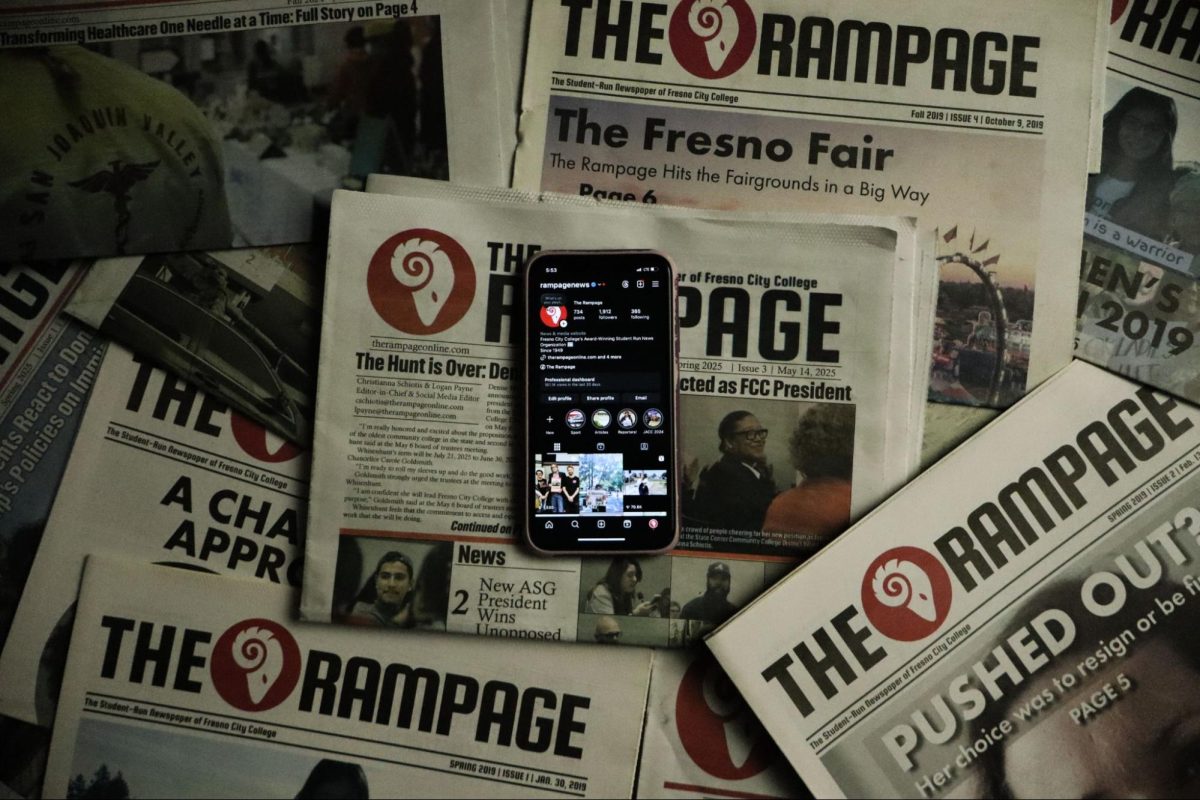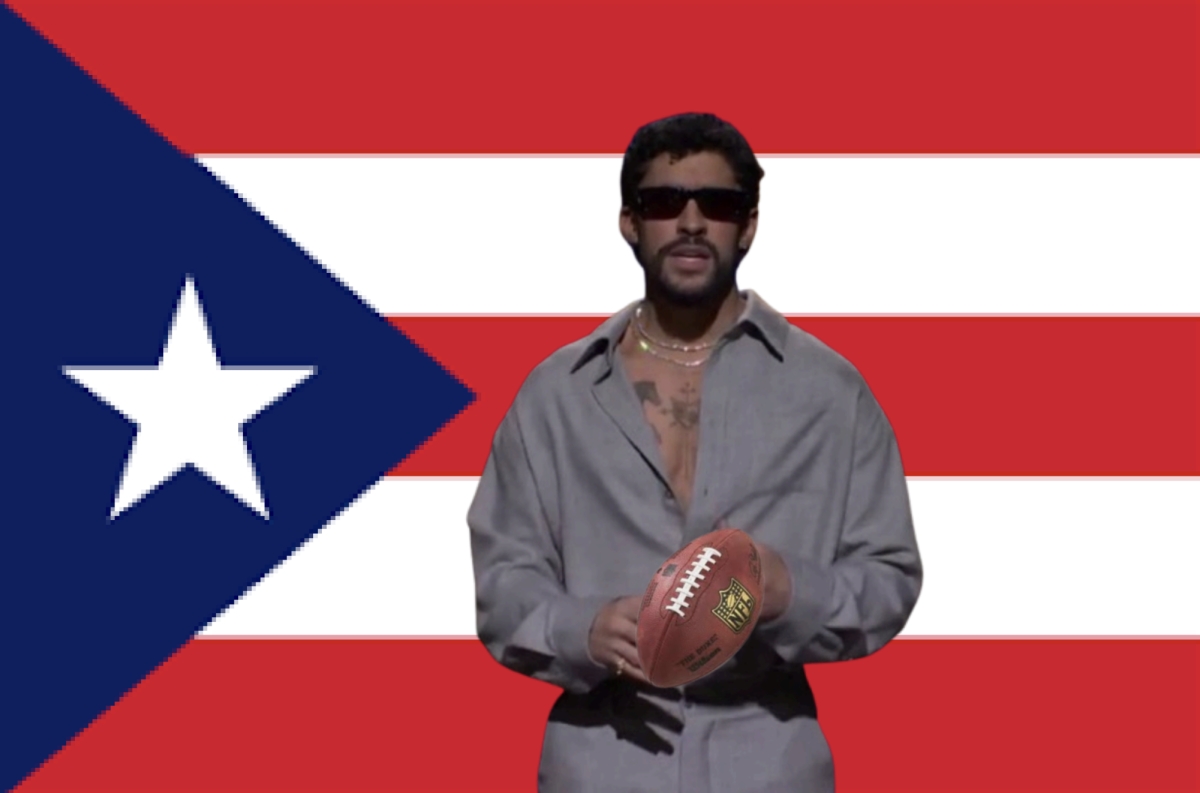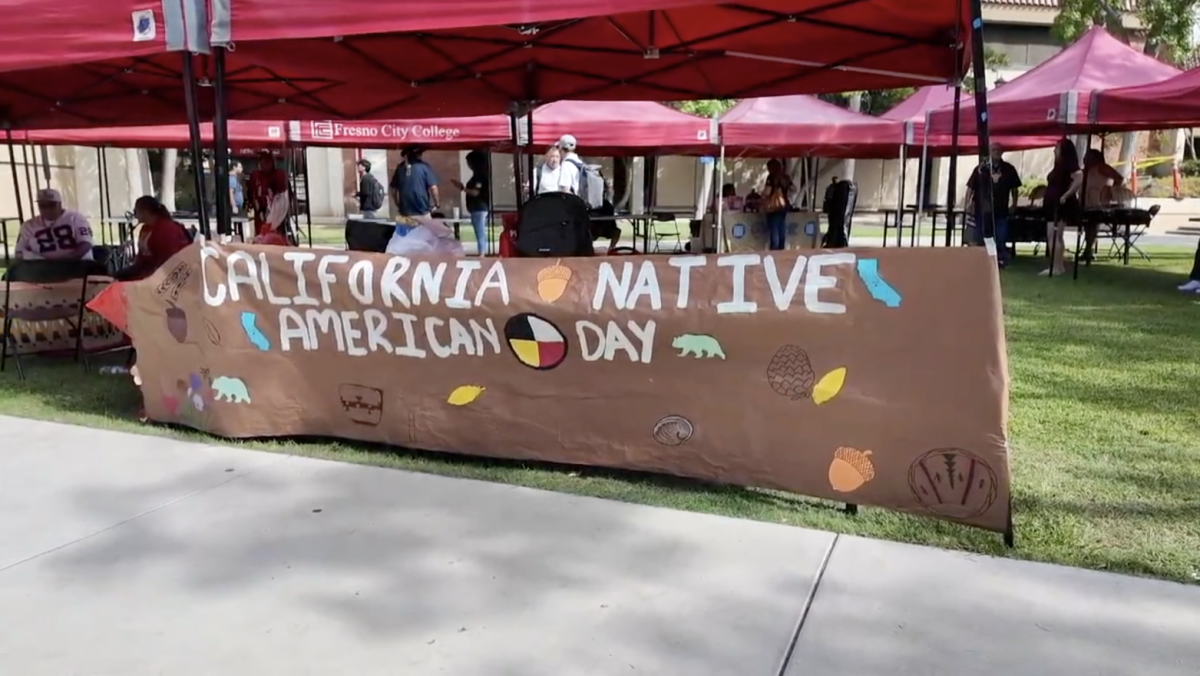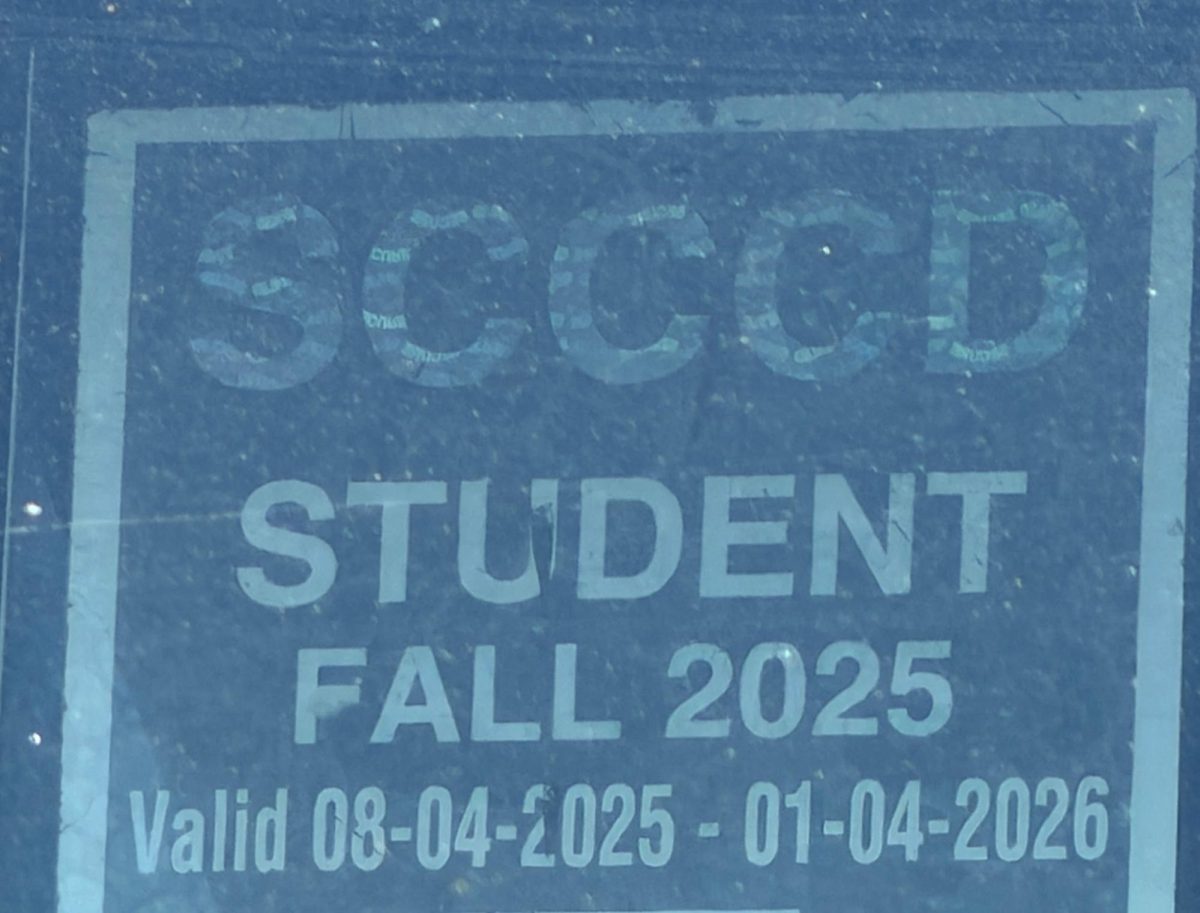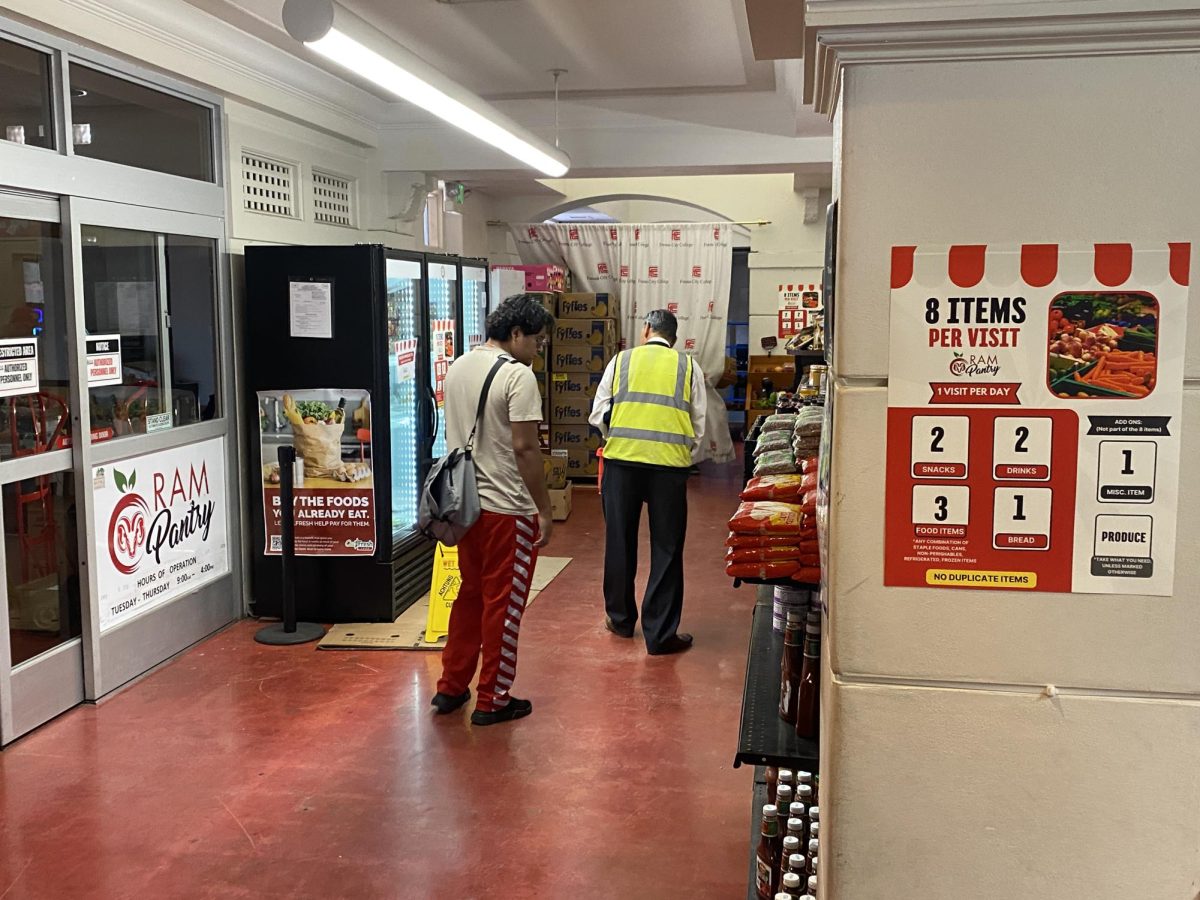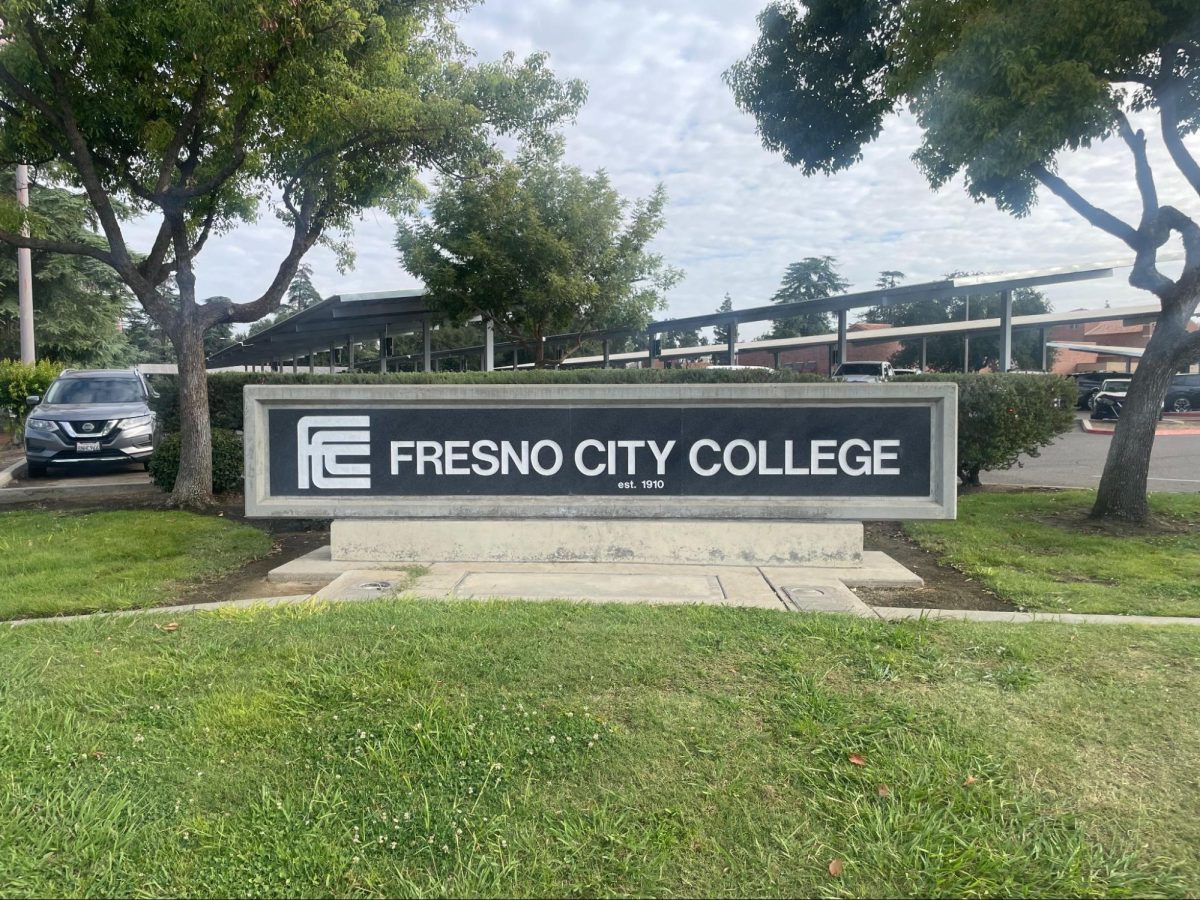When I joined the Rampage in the fall 2023 semester, I was skeptical about my newswriting ability. It’s much different than the prose I had been familiar with for so many years, and I knew the shift would be challenging. I knew that camerawork would be my best bet as a journalist.
I’ve identified as a filmmaker for years, it’s something I’m quite passionate about. I signed up to be a journalist on a whim with the rationale that it would help me tell better stories. It was never my end goal but after three semesters with the Rampage, my mind has changed.
At the Rampage, I’ve been able to use my eye as a cinematic tool, but not for fiction. And truthfully, the satisfaction is still the same. Before I would set up shots, and now I search for them. Before I would write dialogue, and now I write questions. I can still film and edit, which is what I love to do. The only difference now is that I feel like I can make a difference.
But after two semesters as the Rampage’s primary social media content creator, I find myself doubting if what I do is really worthwhile. I still love being a journalist, don’t get me wrong. But I hated the social media sphere even before I became a “professional.” Now that I’m forced to get competitive with the platform, I often feel like I’m drowning in a whirlpool while others are surfing the tide.
Pressure
Social media is the primary medium the Rampage uses to get content out there. Our Instagram account keeps things relevant as the other sections are given weeks to write a story. We are a class after all. Most incoming reporters – like myself almost two years ago – are arriving with no idea how to structure a lede, conduct proper interviews or edit for AP style. There has to be a grace period for everyone else. But not social media.
I’m encouraged to post as soon as the semester begins, if not before. It becomes a real race, running with cameras, microphones and a heavy computer to edit on the go. If I’m flying solo, which I often am, then I will conduct my own interviews as I’m holding a camera. I don’t know if you’ve ever tried to carry on a prolonged personal conversation with a stranger as a heavy lens is pointed at them, but it’s difficult and awkward. And it looks wobbly.
Once I finish getting footage, names, spellings, quotes, photos and soundbites, it’s off to the cutting room. This is where I thrive. It’s the only thing I can do for hours without checking the clock. I genuinely love working with video, seeing it all come together is so satisfying. But it still is a lot of work.
One simple event, like a panel discussion or press conference, can take me 1–2 hours to put together. Now imagine a wide-span protest, with hundreds of bodies and dozens of interviews. If I’m lucky, I could get it done in six hours. But that’s only because I’ve been editing for years. Imagine how long it would take for a newcomer.
This is one of my biggest challenges as the social media editor – lightening the load. To my knowledge, this spring semester has been the first time that there has been a dedicated social media team. Every other section of the Rampage- sports, opinion, news, lifestyle – has always had a team of at least three or four reporters. Not mine. Last semester, it was me and one other editor. This semester, I am only allowed two reporters on my team. And while it certainly helps, there are some downsides.
For starters, the expected quality has always been high. The Rampage Instagram account averages about 1,000 views per post (even if our like count never comes close), and there is always a certain expectation, a demand even, in the quality of our posts. The social media editor before me really set the standard, and living up to that expectation is hard. Teaching that expectation to new reporters is even harder.
“But you’re only talking about video,” you say. “No one has time for video news anymore, just use photos and captions, it’s even better.”
Yes, video news packages might not be as profitable as they once were, but it’s still what I love to do. But fine, let’s ignore video. You’re right, it is a lot easier to teach photography and graphic design than videography. But this just means I need to post more, and getting other reporters out in the field with me is harder than you’d think.
Competition and Self-Doubt
At the start of this semester, I told myself I would aim to post three times a week, and I’ve largely met that goal. Three posts with hours of effort poured in, and I’ve met my quota. But is my job done? Far from it. Now I just sit back and watch as the other competing newsrooms completely walk over me in terms of output. Fresno State’s paper, The Collegian, posts at least double that per week, and it is impossible to separate myself from that fact.
Instagram isn’t our only platform either. TikTok, X and Facebook are often overshadowed by our primary content through YouTube and Instagram. This means that I am forced to download each service on my phone, despite the fact that I have no interest in using them as an individual. Either way, I could always be doing more.
“Am I really doing enough?” “Am I doing a good job?” “Is this even interesting?” “Am I contributing something?” These are all questions that sneak their way into my subconscious as I doomscroll well past midnight.
This is the problem with social media – once you commit, you can’t get away. I don’t have to convince you, everyone knows the feeling of fatigue that comes with platforms like Instagram. It’s all-encompassing and exhausting. I hardly ever feel like I’m able to truly take a break, considering how much I’m on the app. It’s as though I’m at work when I should be in bed.
Notice how I haven’t even mentioned the physical newspaper. Not only am I expected to produce heaps of content for our many social media platforms, but I need to stay busy helping with the print, or any other articles that need to be adjusted throughout the year.
This semester, I’ve written five articles and designed three newspapers. And even when I’m contributing somewhere else, I’m still unable to separate from the terrifying fact that I haven’t posted enough on Instagram today.
I feel like the medium of social media is inherently flawed in this way, especially when it comes to journalism. Anyone can create an Instagram account and masquerade as a newsworthy source. The White House account has been doing this for months now. Trust in journalists is eroding faster than ever, and it won’t stop as long as people can get their news shot into their bloodstream with two swipes. If the rat race continues, then so will the spread of misinformation, intentional or not.
Newspapers
The point of this story is that there is a better way to digest your news. There is value in a newspaper. Reading through a complete story is fascinating, it’s exciting, it’s satisfying. It provides an enriching experience that two panels of text on your phone never could. I know it’s hard, but I promise it is worth it.
During the last week of this semester, I made it my mission to deep clean the newsroom. We worked for days, but the hardest part by far was the organization of the old Rampage newspapers. This publication has been operating since 1949, and social media wasn’t an option back then.
Back in the 1950s, the Rampage released a four-page newspaper every single week. If we assume that the spring semester lasts 16 weeks, that means that there were 64 pages printed and distributed back then each semester.
That rate of production slowly declined, but reporters were still publishing seven issues a semester as late as 2019. Some of our newspapers had 20 pages, and we even published a bi-annual magazine in 2009 and 2016. But now, we only release three 12-page newspapers each semester. We’ve gone from a maximum of 140 pages (seven issues with 20 pages) to a maximum of 36 pages.
As my team and I combed through this withering history, we were transported back in time. We read aloud headlines and quotes, we met faces and learned about the long and complicated history of this school through the Rampage. I felt a sense of campus community in these pages, a sense of true creativity as each newspaper design was unique. I don’t know if that community exists anymore.
Why should we care about the design of these pages when no one cares to pick them up? Why would anyone pick up a paper when all the news you need is in your pocket?
We were able to fill all the newspapers from the years 1950 all the way through 1986 into one box. But we had enough extra copies of the last 9 prints to give them each their own box. Go figure.
I will delete Instagram for a bit this summer. It’s something I feel I ought to do. And while most people are applauded for this, I feel like I will be disappointing my peers. Even though I am a student, the news doesn’t stop over summer. I hope you can forgive me for taking this break.
This article has been updated as of May 23, 2025 at 12:56 a.m. to include subheads, information about the previous Rampage newspapers and anecdotes regarding the cleaning process of the newsroom.

